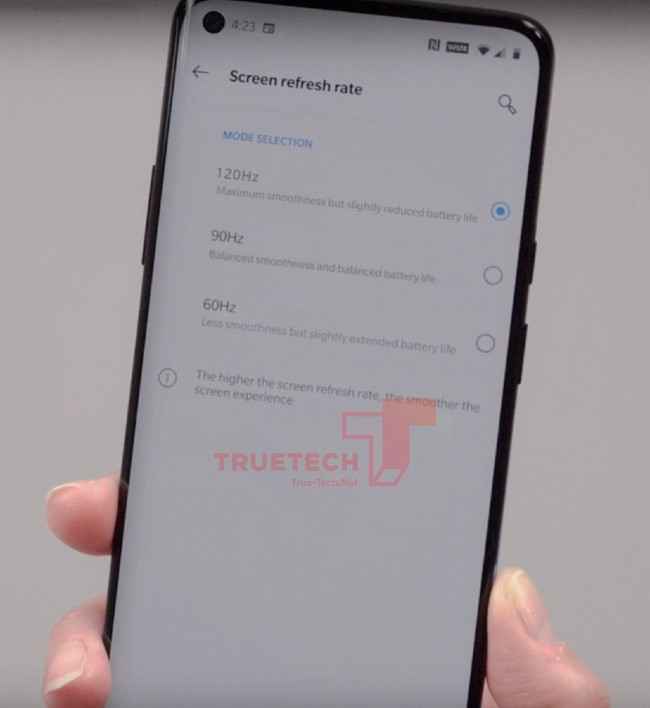Samsung is all set to launch the Galaxy S20 series in 3 weeks. However, the leaks just keep coming. This time around, specifications of all three variants - Galaxy S20 Ultra, Galaxy S20 Plus and Galaxy S20 - have appeared online. The three 5G models are said to be powered by the Exynos 990 chipset. The specs sheet also mentions support for 120Hz refresh rate. Other similarities between the three phones include AKG-tuned Dolby Atmos speakers, 128GB of base internal storage with 1TB storage expansion capacity and IP68 water resistance.
Samsung Galaxy S20 and Galaxy S20 Plus specificationsThe Samsung Galaxy S20 is said to feature a 6.2-inch WQHD+ (1440 x 3200 pixels) Dynamic AMOLED Infinity-O display. On the other hand, the Galaxy S20 Plus Galaxy S20+ has a slightly larger 6.7-inch panel with the same resolution and refresh rate. The Galaxy S20 is mentioned to pack a 4000mAh battery, while the Gala S20 Plus may come with a 4500mAh battery. Both the smartphones are rumoured to have support for 25W fast charging.
On the optics front, Samsung Galaxy S20 and Galaxy S20 Plus will both sport a 12MP main sensor + a 12MP ultra wide-angle lens + a 64MP telephoto lens. The devices are expected to come with 3x optical zoom, 30x digital zoom, and 8K video capture at 30fps. Both are said to have a 10MP selfie shooter.
Samsung Galaxy S20 Ultra specificationsComing to the higher-end Galaxy S20 Ultra, as per the leak, it will feature a 6.9-inch WQHD+ (1440 x 3200 pixels) Dynamic AMOLED Infinity-O display with a 120Hz refresh rate. The handset is said to pack a 5000mAh battery. It is the camera department where it will differ the most from its siblings.
In the optics department, it has been long rumoured to sport a 108MP sensor. The latest leak also reiterates that it will have a 108MP primary shooter. Alongside that, Galaxy S20 Ultra is tipped to come equipped with a 12MP ultra wide-angle shooter, a 48MP telephoto lens with support for 10x digital zoom and 100x optical zoom. On the front, it is rumoured to feature a 40MP sensor.
The Galaxy S20 series will be launching on February 11.
Exclusive: Full specifications of the Samsung Galaxy S20 Series are here! Some interesting details: Exynos 990 for all three phones in European and Asian Markets. 40MP (?!) Front Camera for S20 Ultra! Checkout the image! LINK(Please add link in credits): https://t.co/az6WmSkNK7 pic.twitter.com/XsDfaINkbE
— Ishan Agarwal (@ishanagarwal24) January 17, 2020from Latest Technology News https://ift.tt/3asGiXa

